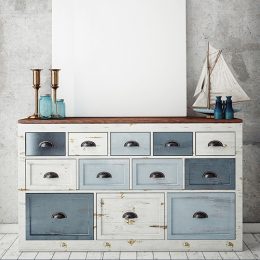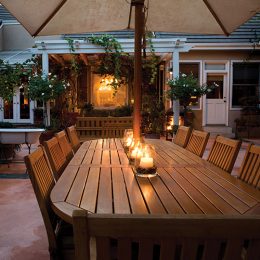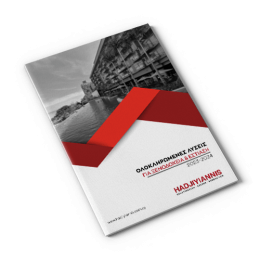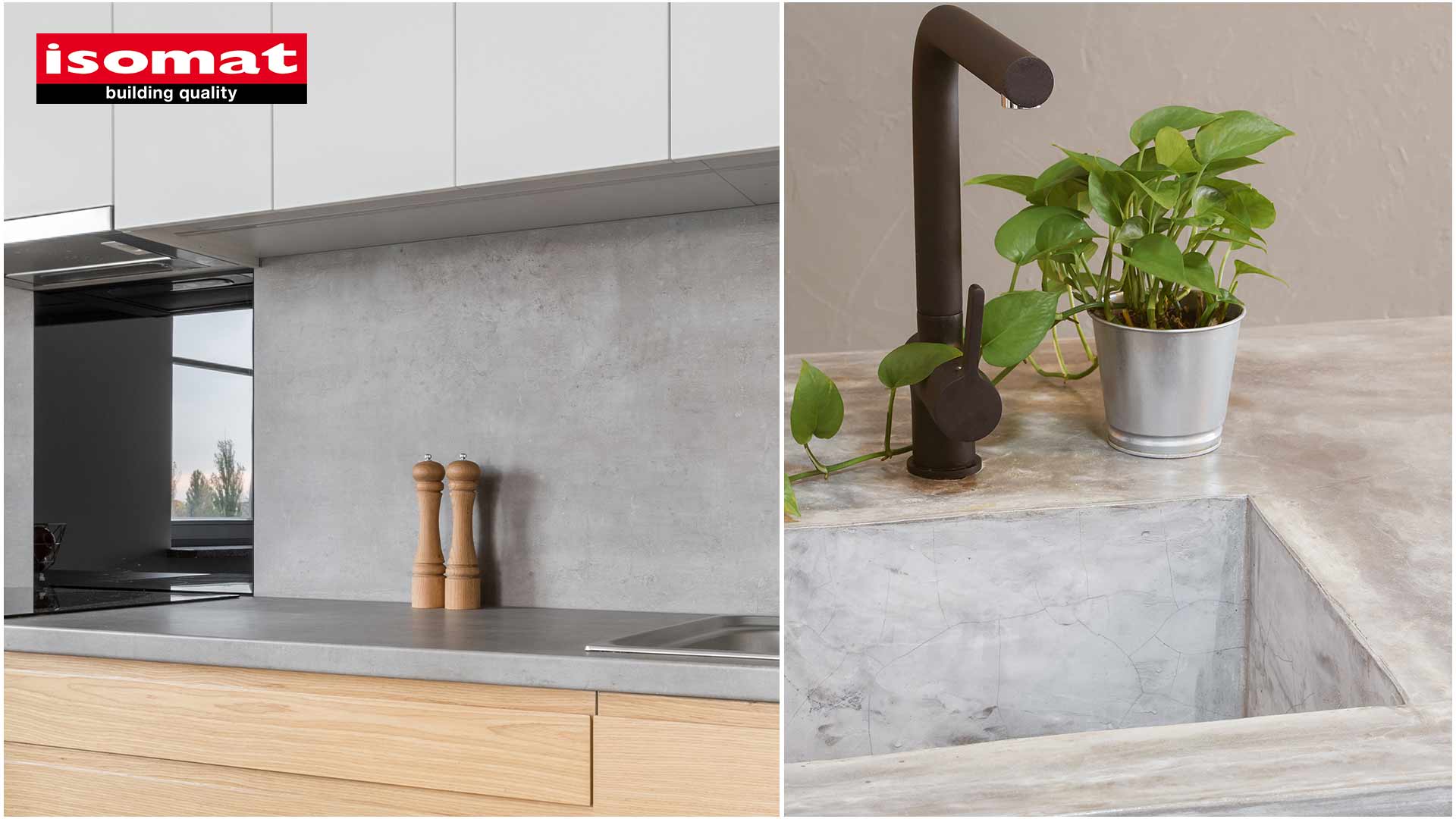Looking through your favorite design and decoration magazine, you’ll certainly have noticed that these last few years, houses with built furniture appear more often. Of course, you’ll probably like their unique monolithic and modern aesthetic, but you may have doubts as to whether they match your house’s aesthetic.
Built furniture in the bathroom, the kitchen, the back yard, but also the bedroom and the living room, may be an easy and cheap design solution to furnishing a room, while they can also be combined with various decorating and architectural styles. You can create unique constructions and furniture for your holiday home or your residence, customized to your taste, the particularities of your space, but also, your budget!
 Microcement is the most appropriate material for built furniture of a high degree of durability, and also a high aesthetic. There’s a wide range of options to built creations from microcement, such as built beds, fireplaces, sanitary ware (washbasins, bathtubs, showers), but also unique creations driven by your personal preference and imagination. In each case, they can give incredible results, while also featuring many advantages, like high impermeability and a high degree of resistance to wear.
Microcement is the most appropriate material for built furniture of a high degree of durability, and also a high aesthetic. There’s a wide range of options to built creations from microcement, such as built beds, fireplaces, sanitary ware (washbasins, bathtubs, showers), but also unique creations driven by your personal preference and imagination. In each case, they can give incredible results, while also featuring many advantages, like high impermeability and a high degree of resistance to wear.
Applying microcement coating to existing surfaces or cement constructions
Your first step, then, would be to decide which surface you’re going to alter or… create. The easiest idea to implement is applying microcement to an existing surface, which will use as a mold for your construction, for example on a kitchen countertop or a staircase.
On the other hand, if you want to create a piece of furniture, like a bed or a sofa from microcement, you’ll initially need to create a cement construction which will function as a mold. For such a construction, you can use bricks, cement blocks, or cinderblocks, while the final surface must be plastered before you apply the microcement. If this sounds too complex and you believe that you won’t be able to manage it, but you’d really like that result and consider it perfect for the aesthetic improvement of your house, then you can always ask for help from a specialized professional.
Built furniture, even though they need the procedure described above, which might discourage some (especially when we’re dealing with a house that’s being inhabited and is not in the building stage), will end up costing less than an ordinary couch. You’ll also have the ability to give it the shape and dimensions you like, fully utilizing your available space, but also satisfying your artistic taste.
Tip
- To gain even more space, you can create incredible storage spaces in the interior or under your built furniture!
Preparing the surface and applying microcement
Did you choose to start with something small? Are you handy, and ready for something more difficult? Did you decide to contract a specialist but are still eager to learn the process?
Your next step, then, is preparing the base layer! What you must learn is that preparing the base layer is important for the correct application of the material, and is different depending on the type of base layer (if it’s an absorbent or nonabsorbent surface).
Then, we apply the microcement DUROCRET-DECO FLEX. DUROCRET-DECO FLEX is available in 2 standard colors(white, grey), while it can also be colored by adding the high-quality inorganic pigments ISOMAT DECO COLOR.
The application is finished by waterproofing and protecting the microcement using the transparent polyurethane two-component varnish VARNISH-PU 2K or with the transparent water-based polyurethane two-component varnish VARNISH-PU 2KW.

For a detailed description of the microcement application steps, you can see the article: Microcement coating: Application to floors.
Design, create, combine colors and materials, with microcement as your ally, and become your own decorator!













